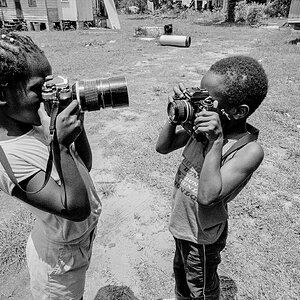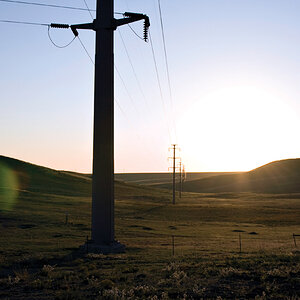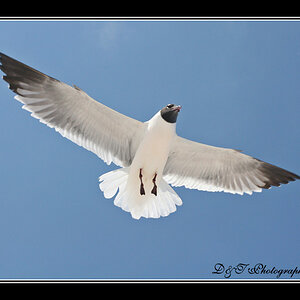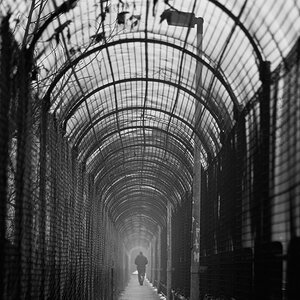photogincollege
TPF Noob!
- Joined
- Aug 4, 2007
- Messages
- 706
- Reaction score
- 0
- Location
- Grand Rapids, Michigan.
- Can others edit my Photos
- Photos OK to edit
ISO- How sensitive the sensor is to light ex. If i have a lamp on with all the settings the same except iso, At iso 100 some of the light will be recorded, at iso 400 much more light will be recorded on the photo.
Aperture- The amount of light that gets through the lens to the sensor Controls the size of the opening in the lens. ex. At an aperture of 2.8 there will be a very big opening, and more light in the photo, with an aperture of 22 there will be a very small opening, or less light in the photo. Also, the lower the aperture number the less depth of field (makes the background blurry and the subject clear) the higher the number the more depth of field (makes the background in focus and the subject in focus)
Shutter Speed- The length of time the shutter is open. This controls the amount of time light is allowed to hit the sensor. Lower shutter speeds such as 1/2 second or 1/4th second (also known as 2 or 4, the shutter speed is generally called just the number after the slash) will let light hit the sensor for longer then say 1/250th of a second or 1/500th of a second (also called 250 or 500) thus with a lower number the photo will have more light. (higher shutter speeds such as 250, 500 or 1000 are also used to freeze motion)
Focal Length- How close the subject looks to the photographer. ex. A focal length of 17mm will give a very wide photo, it will show lots of background and the subject, if a person, will be small unless you get very close. Usually used for landscapes and wide angel shots. Where as a focal length of 400mm will make the subject look very very close and big and wont show much background unless you move back. Focal length also plays a big roll in depth of field, having a long focal length, say 400 (or getting very close the the subject), will blur the background and a short focal length (or getting far away from the subject) will make the background very in focus.
(i posted this in someones question but decided to post as its own for maybe a sticky?)
Aperture- The amount of light that gets through the lens to the sensor Controls the size of the opening in the lens. ex. At an aperture of 2.8 there will be a very big opening, and more light in the photo, with an aperture of 22 there will be a very small opening, or less light in the photo. Also, the lower the aperture number the less depth of field (makes the background blurry and the subject clear) the higher the number the more depth of field (makes the background in focus and the subject in focus)
Shutter Speed- The length of time the shutter is open. This controls the amount of time light is allowed to hit the sensor. Lower shutter speeds such as 1/2 second or 1/4th second (also known as 2 or 4, the shutter speed is generally called just the number after the slash) will let light hit the sensor for longer then say 1/250th of a second or 1/500th of a second (also called 250 or 500) thus with a lower number the photo will have more light. (higher shutter speeds such as 250, 500 or 1000 are also used to freeze motion)
Focal Length- How close the subject looks to the photographer. ex. A focal length of 17mm will give a very wide photo, it will show lots of background and the subject, if a person, will be small unless you get very close. Usually used for landscapes and wide angel shots. Where as a focal length of 400mm will make the subject look very very close and big and wont show much background unless you move back. Focal length also plays a big roll in depth of field, having a long focal length, say 400 (or getting very close the the subject), will blur the background and a short focal length (or getting far away from the subject) will make the background very in focus.
(i posted this in someones question but decided to post as its own for maybe a sticky?)


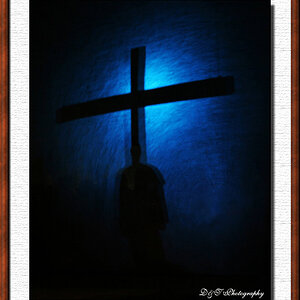

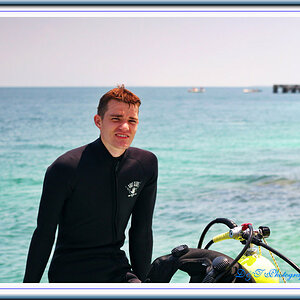
![[No title]](/data/xfmg/thumbnail/34/34688-a1ead83a3067b449d62078d1170e00f6.jpg?1619736603)




